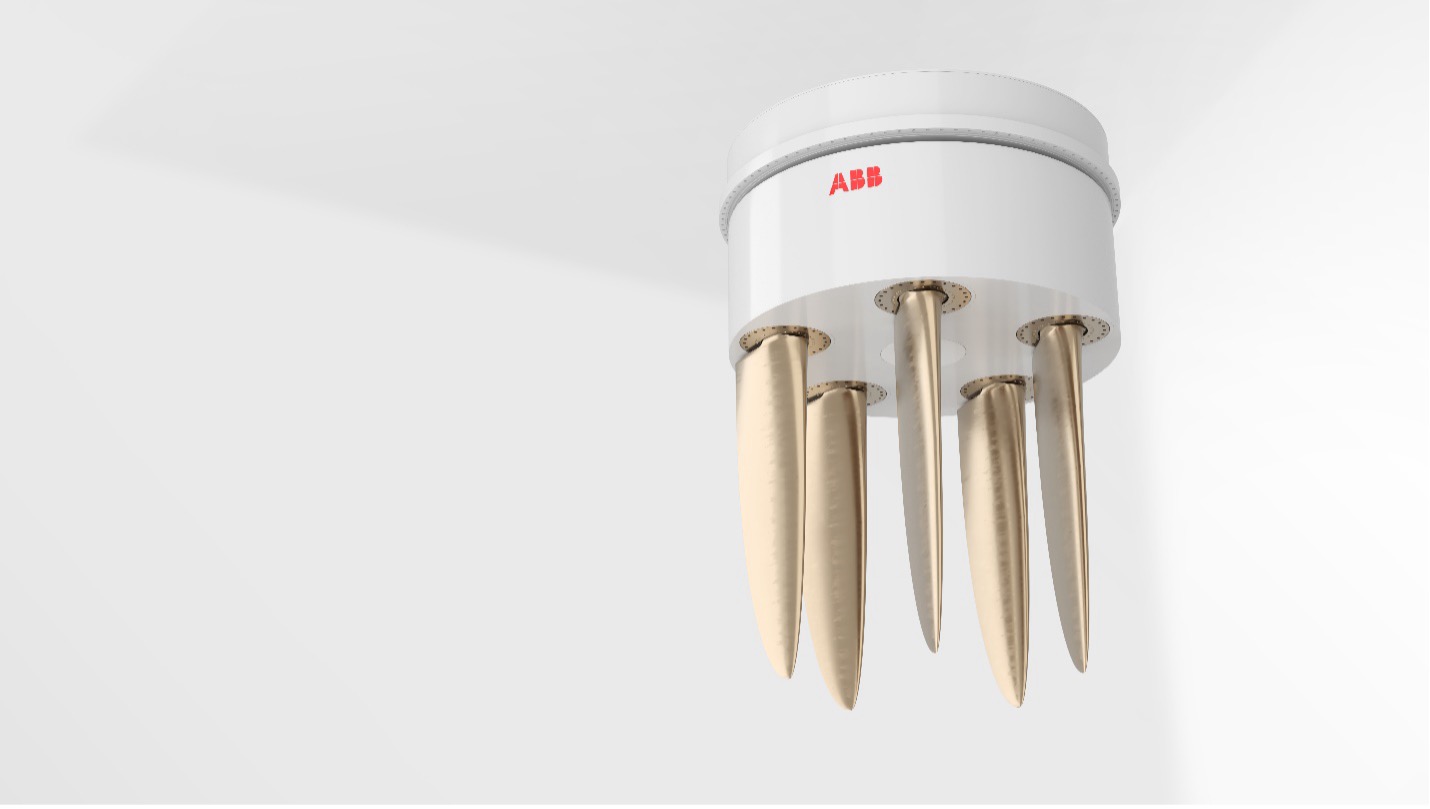Approximately 90 percent of international trade relies on waterborne transportation. The maritime industry provides the most cost-effective means of moving large volumes of goods over long distances and between continents. In fact, it provides the arteries for the lifeblood of our global economy.
The drawback to maritime transport is that cargo ships typically burn heavy fuels that produce green-house gases (GHGs), such as carbon dioxide (CO2), making the marine sector responsible for an estimated two to three percent of human-made CO2 emissions globally. If shipping were a country, it would be the sixth-largest emitter of GHGs worldwide.
To address emissions from ships, the International Maritime Organisation (IMO) has revised its GHG reduction strategy with the ambition of achieving net-zero emissions from international shipping by close to 2050. To reduce emissions, the maritime industry is looking at both alternative energy sources and advanced propulsion technology. In May 2023, ABB presented a breakthrough solution that looks set to revolutionise marine propulsion.
Inspired by nature, developed by experts
Back in 2013, ABB started to investigate novel, high-efficiency propulsion concepts. Among them was a vertical-axis propeller with independently controlled blades that delivers unmatched levels of efficiency. This was the origin of ABB Dynafin™ – our revolutionary new propulsion concept.
What makes ABB Dynafin™ so efficient is that it is inspired by another marine propulsion system perfected by millions of years of evolution – the tail of a whale. It was first pointed out in the 1960s by the hydrodynamic research community that the blade motion of a trochoidal propeller resembles the movement of a fish’s or whale’s tail. Since then, optimising blade trajectories has been a core part of ABB’s in-house research and propulsion technology development.
ABB Dynafin™ is equipped with a central electric motor that powers a large wheel rotating at a moderate 30 to 80 rounds per minute. Attached to this wheel are vertical blades – each controlled by an individual motor and control system – that oscillate in a manner reminiscent of the movement of a whale’s tail. The combined motion of the wheel and blades generates propulsion and steering forces simultaneously, providing immediate, stepless variation of thrust and direction for optimised maneuverability and positioning performance, as well as an unprecedented open-water efficiency of up to 85 percent.
Optimisation across the board
An independent study of a passenger vessel design has verified that ABB Dynafin™ could cut propulsion energy consumption by up to 22 percent compared with conventional shaft-line configurations.
For the shipowner, this would translate into significant fuel savings and reduced emissions, decreasing operating expenditure and facilitating regulatory compliance. Lower propeller loading would also prolong maintenance intervals, leading to further operational savings.
Because it is part of an electric propulsion system, ABB Dynafin™ is compatible with zero-emission battery and fuel-cell technologies, which means it can support environmentally-friendly vessel operations over the long term. Moreover, due to its moderate operating speed, mode of action and low-pressure pulse, it should reduce vibrations and noise, thereby improving passenger and crew comfort while limiting noise pollution, which can be harmful to marine life.
From a design perspective, ABB Dynafin™ has a compact configuration, allowing for high efficiency with a smaller power train. This results in reduced capital expenditure and more room for cargo, crew facilities or additional ship systems.
Additionally, the main components of ABB Dynafin™ are accessible from inside the vessel, making maintenance and repairs easier. Another advantage is that the blade trajectory can be optimised in line with evolving operational requirements.
A first full-scale prototype is expected to be ready in 2025. ABB Dynafin™ will initially be available in power ranges of one to four megawatts per unit. This means it will be particularly effective for small and medium-sized vessels including yachts and smaller cruise ships, ferries for passengers and vehicles, offshore support vessels, research vessels and smaller merchant ships. These vessel types typically operate close to densely populated urban areas with pollution impacting a large number of inhabitants.
Mitigating the regulation lag
Bringing new products with novel technologies to the market requires collaboration from many different stakeholders including technology providers, classification societies and regulatory authorities. ABB Dynafin™ is the result of such a collaborative process. It has brought together some of the brightest minds in the marine industry and deep expertise in automation and control, mechanical systems, hydrodynamics and ship electrification.
To find a market, innovations not only have to be commercially viable, they also must comply with energy efficiency requirements as well as international and local safety standards and regulations. Evaluating the technological capabilities and commercial potential of an innovation requires a combination of experience, expertise and insight throughout the process – not to mention risk-taking.
In recent years, advances in technology have significantly outpaced the development of regulations needed to protect safety, security and the marine environment. While regulators are working hard to close this gap, suppliers and classification societies have increasingly had to approve technology developments on an ‘in principle’ basis because global maritime rules are lacking or incomplete. The more technology advances over regulation, the bigger the risk for those taking such decisions.
Given the challenges at hand, innovation cannot and should not wait for regulation. But regulation lagging far behind innovative technology solutions creates unnecessary uncertainty for innovators and markets. Clear communication and signals of regulatory intent are key to bridge the time-lag.


